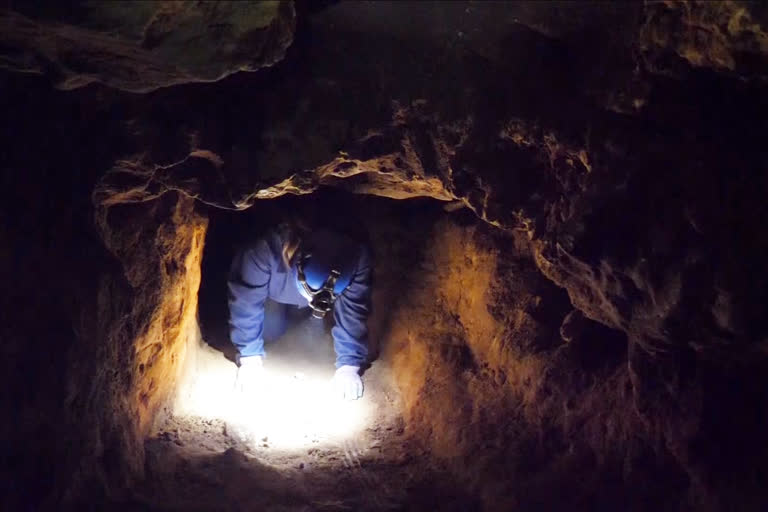Naracoorte: Not your average office commute but all in a day's work for this PhD student.
Crawling 10 metres down a small tunnel to a hidden chamber.
Kneeling for hours carefully extracting layer upon layer of ancient earth and bone.
"So here we have some clay and we can see that in this clay section we actually have a couple of bones. So this is a vertebra and this is a rib," says PhD student Tiah Brompton.
The new excavation is one of several active digs at the UNESCO World Heritage Listed Naracoorte Caves site famous for discoveries of megafauna fossils.
"I often say, a joke, that we can - ten scientists can work out of a teaspoon of sediment now, we can learn so much more. So we don't excavate as much. But when we do excavate a new site, it's for a very good reason," says palaeontologist and supervisor of the dig Dr Liz Reed.
Read also: Watch: Australia's mountain beauty spot restored after wildfires
Researchers hope the first palaeontological dig in Alexandra Cave will reveal a missing piece of the historical puzzle.
"We're hoping that we actually do cover a different time span that hasn't been looked at before in this cave, which is about a sort of a 100,000 to maybe 2,00,000 year bracket," says Dr Reed.
"We'll get some age dates done in the hole and sequence to really try to find how old these sediments are. And then we can look at how the fauna have changed through time. So this will help us with the conservation of animals today," says Brompton.
Read also: Watch: Remarkable spectacle of Australia's 1930 built dam
Only about a dozen people were known to have crawled into this space before research began in the caves a few months ago.
Removing all of the material gathered for analysis is a challenge.
"I'm bringing up big bags of sediment that are full of bone. So I have to be careful when I'm actually hauling it out of the hole to make sure I'm not breaking any bones," says Brompton.
Shining a light on the ancient past one bag at a time.
AP



